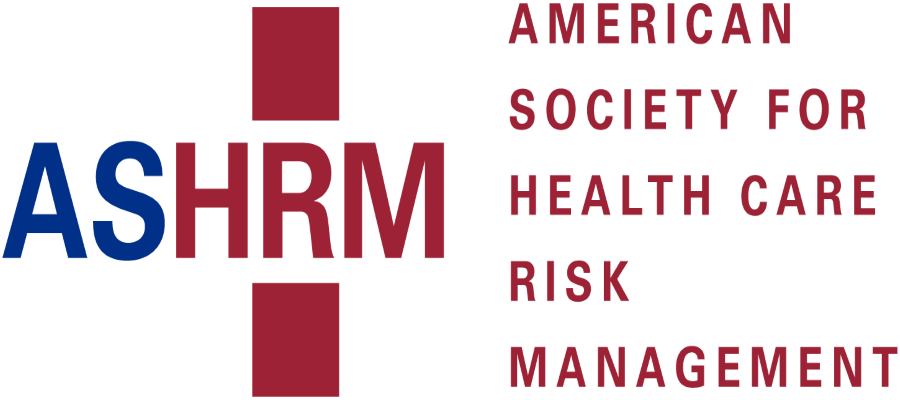
Maximizing the Risk Management, Insurer, and Defense Counsel Relationship. A Practical Discussion on the Coordination of a Successful Defense
Event Format
Date
Wed, Jul 13, 2022, 12:00 PM – Wed, Jul 13, 2022, 01:00 PMCost
Type
Event Host

Contact Information
Open To
Description
The purpose of the presentation is to provide strategies for the implementation of communication, education, and further collaboration between risk management, insurers/inhouse counsel and defense counsel prior to, throughout, and then following litigation. The goal of the presentation will be to provide tangible examples (through case studies, malpractice data, and best practices) of how effective communication between these cohorts leads to better patient outcomes and litigation results.
The presenters will also discuss examples of how clear and effective communication between risk management, the insurer and defense counsel would have led to greater patient safety. They will also provide feedback on how to implement a more productive communication strategy and offer examples of how greater collaboration can lead to more effective protocols and guidelines based on experiential outcomes from risk management, insurer, and defense counsel perspectives. This would include practical discussions on patient care and technology developments from a risk management viewpoint, changes to insurance coverage (base and excess coverage) due to “nuclear verdicts,” the changing marketplace, and other environmental factors, and statutory and case law developments from a defense counsel perspective.
The presentation will seek collaboration from our audience and will provide the attendees with clear strategies and takeaways to consider for implementation in their own respective practices and institutions. It will also include references to national trends in enterprise risk management, claims management advances and case outcomes based on recent data obtained by the panelists.
Some specific case studies will include: 1.) How provider education initiatives provided by the insurer and defense counsel can help support good healthcare policy and promote positive outcomes. 2.) Pitfalls with the EMR including how copying and pasting in the EMR has led to adverse patient outcomes and poor communication and how advances in audit trail technology can magnify provider decision making (or lack thereof). 3.) How failure to implement appropriate cybersecurity can affect enterprise risk management, insurability, and overall verdicts. 4.) How clear communication from risk management and in house counsel regarding the roles of executive leadership can protect organizations from litigation.
Objectives:
- Discuss examples of how clear and effective communication would have led to greater patient safety
- Identify ways to implement a more productive communication strategy when working with your organization's legal team
- List specific case studies that could have a different outcome if the communication would have been clearer and more effective
